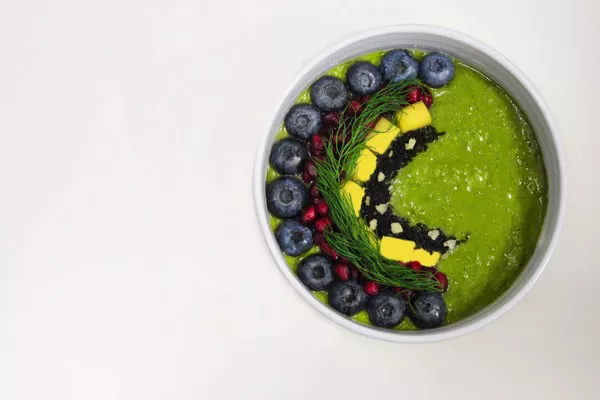May 13, 2025, Aurora, Colorado – The growing influence of social media trends on skincare has created a noticeable divide between popular beauty practices and evidence-based dermatological guidelines. While platforms like TikTok, Instagram, and YouTube continue to shape skincare routines, a new study reveals significant differences between these viral trends and the clinical recommendations provided by dermatologists.
Published in SKIN: The Journal of Dermatology, the research led by Natasha Barton and colleagues analyzes the discrepancy between widely adopted skincare trends and the updated acne treatment guidelines by the American Academy of Dermatology (AAD). These trends, fueled by social media influencers, often suggest skincare methods that are not always supported by scientific evidence, and in some cases, they may even delay effective treatment or cause harm.
The study compares popular skincare trends—such as the Korean multi-step regimen, “clean beauty” products, acne patches, tea tree oil, and more unconventional treatments like CBD-infused therapies and tallow—to clinically recommended ingredients like benzoyl peroxide, topical retinoids, and systemic therapies. While some practices, such as hydrocolloid patches and red/blue light therapy, have scientific backing, others, such as the use of tea tree oil or probiotic-infused products, lack sufficient clinical data to confirm their effectiveness. More concerning are trends like applying tallow to acne-prone skin, which raises alarms among dermatologists due to the risk of pore blockages and bacterial overgrowth.
Importantly, the research explores why consumers often choose “natural,” “non-toxic,” or “holistic” alternatives, even when evidence supporting their safety and effectiveness is limited. Many individuals perceive these products as safer, though they may not have undergone rigorous clinical testing. For example, while some skincare trends promise gentle, organic solutions, products like snail mucin or clay masks often lack the clinical support to substantiate their claims.
The study emphasizes the need for better patient education and encourages dermatologists to engage more directly with online skincare communities. By collaborating with content creators, providing accessible resources, and listening to consumer preferences, experts can bridge the gap between clinical recommendations and everyday skincare practices. Promoting evidence-based treatments in simple, clear language can help patients achieve clearer skin while avoiding ineffective or potentially harmful trends.
Related Topics






























